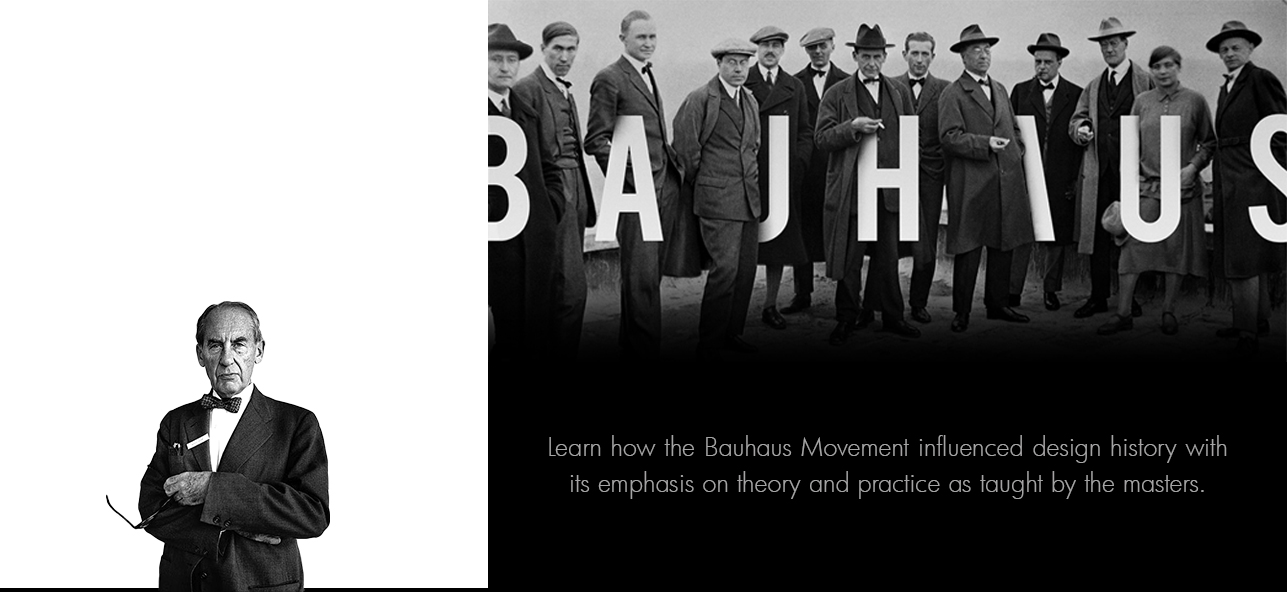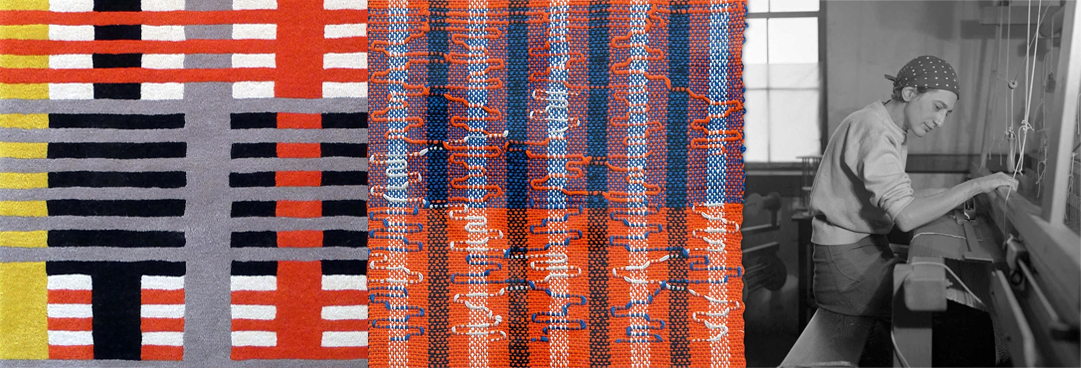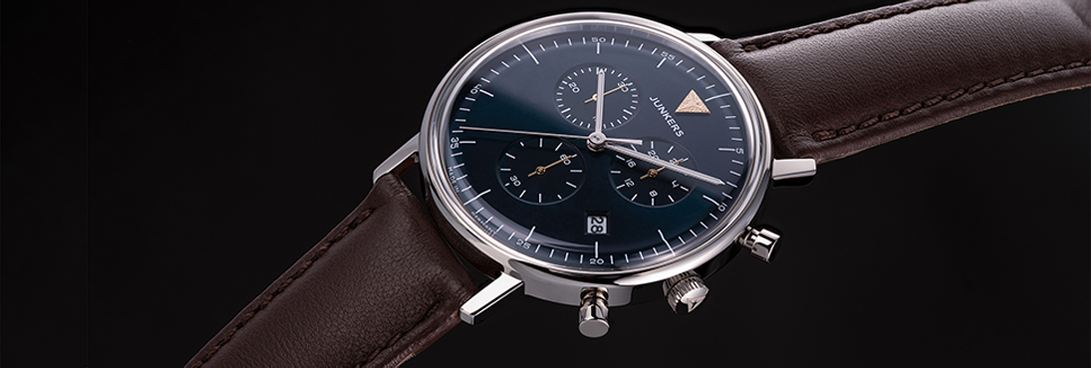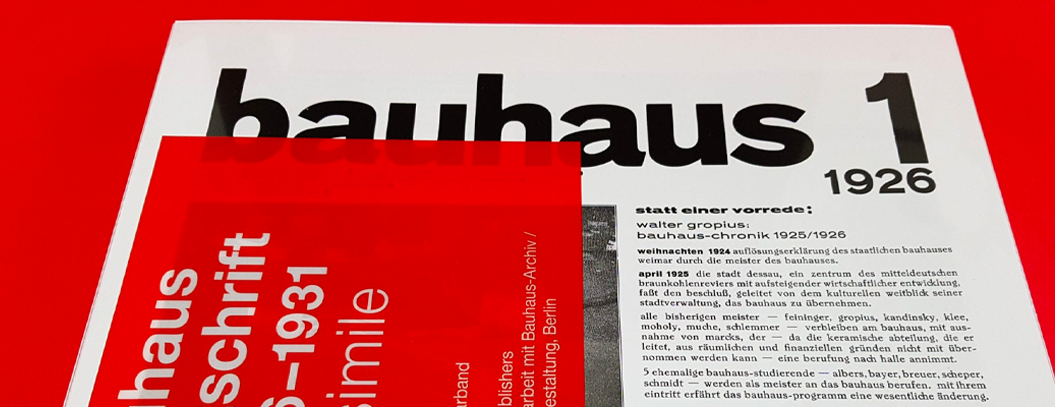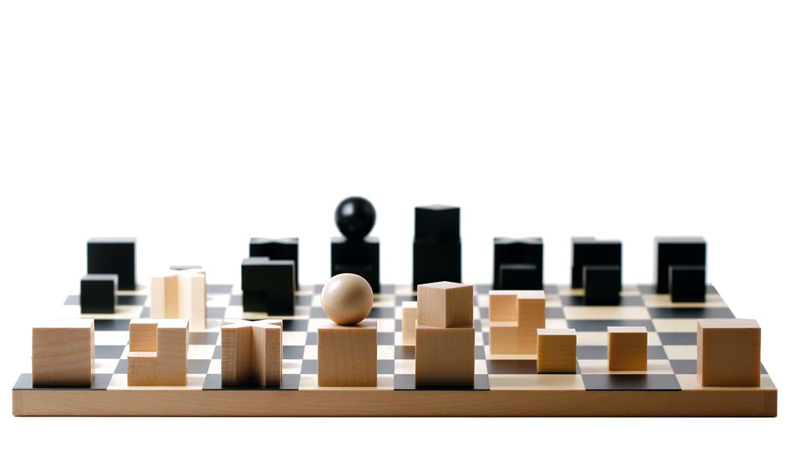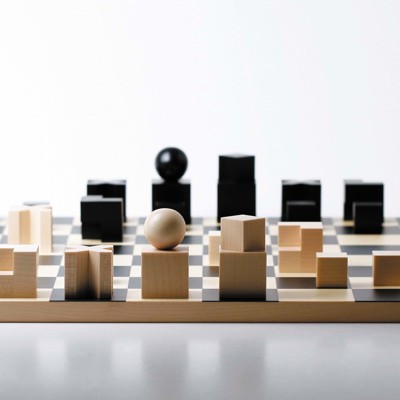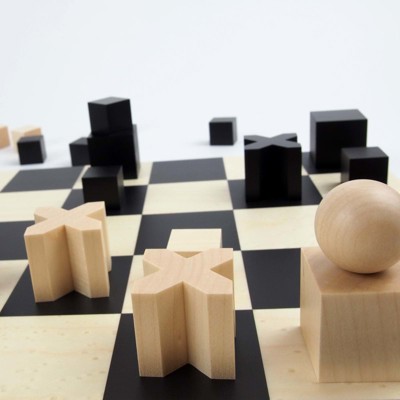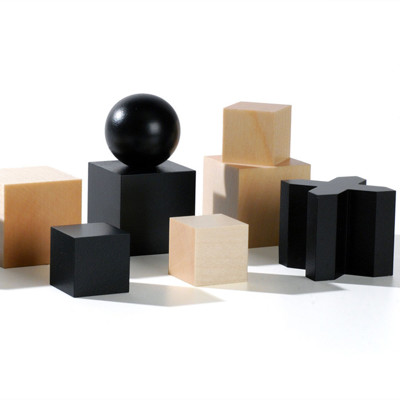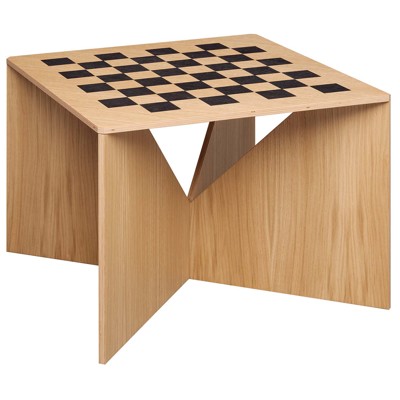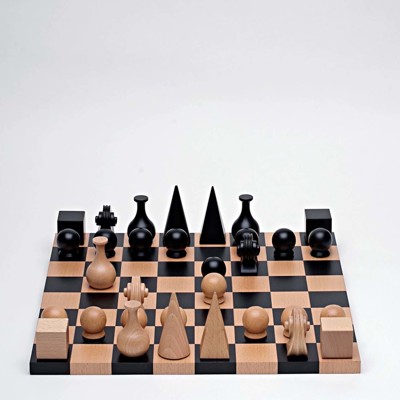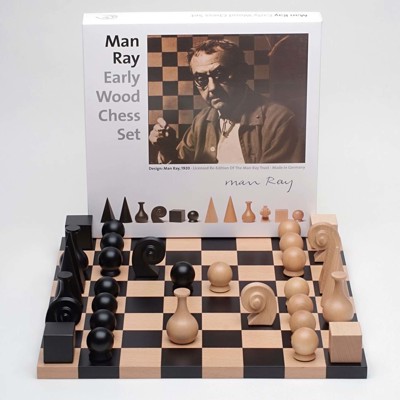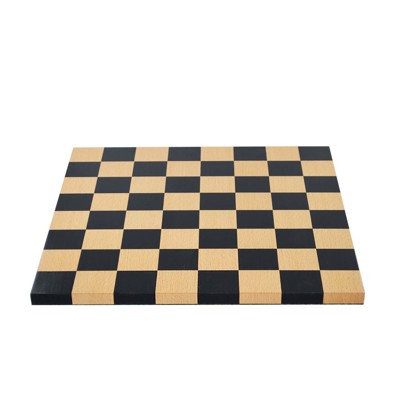
Josef Hartwig’s Bauhaus Chess Set – Form Follows Function
Few objects embody the spirit of the Bauhaus as perfectly as the Bauhaus Chess Set designed by Josef Hartwig in 1923. Created during his time at the Bauhaus school in Weimar, the set is more than just a board game — it is a sculptural manifesto of modernist thought. Each piece is reduced to its essential geometry, reflecting the movement’s goal to unify art, design, and craftsmanship through functionality and form.
A Radical Redesign of the Chess Game
Traditional chess pieces often rely on ornamental detail. Hartwig broke with this tradition by designing figures based on geometric shapes that visually represent their range of movement. The knight is an angular L-shape, the bishop has a diagonal cut, and the rook is a cube — a brilliant example of “form follows function.” This approach makes the game intuitive, educational, and aesthetic all at once — a Bauhaus principle brought to life.
Bauhaus Philosophy in Every Move
The Bauhaus Chess Set challenges players to not only engage in strategic thinking but also to interact with design in its purest form. Every figure becomes a tactile and intellectual experience. Hartwig’s work encourages us to think about everyday objects differently — to see the beauty in logic, structure, and abstraction. It reflects the Bauhaus ideal: design is not a luxury, but a cultural necessity.
Certified Bauhaus Reproduction
Today, the chess set is produced as a licensed reissue under strict adherence to Josef Hartwig’s original specifications. These official reproductions are handcrafted with precision and come with a certificate of authenticity. They are not merely games, but collectible pieces of 20th-century design history — showcased in museums around the world, including the MoMA in New York and the Bauhaus Museum in Weimar.
Design Icons for the Modern Mind
The original Bauhaus chess set is ideal for those who appreciate minimalism, modern art, and functional design. Whether displayed in a home, office, or gallery, it serves as a conversation piece and timeless gift for thinkers, designers, and collectors alike. A perfect synthesis of culture, design and play — true to the legacy of the Bauhaus.

